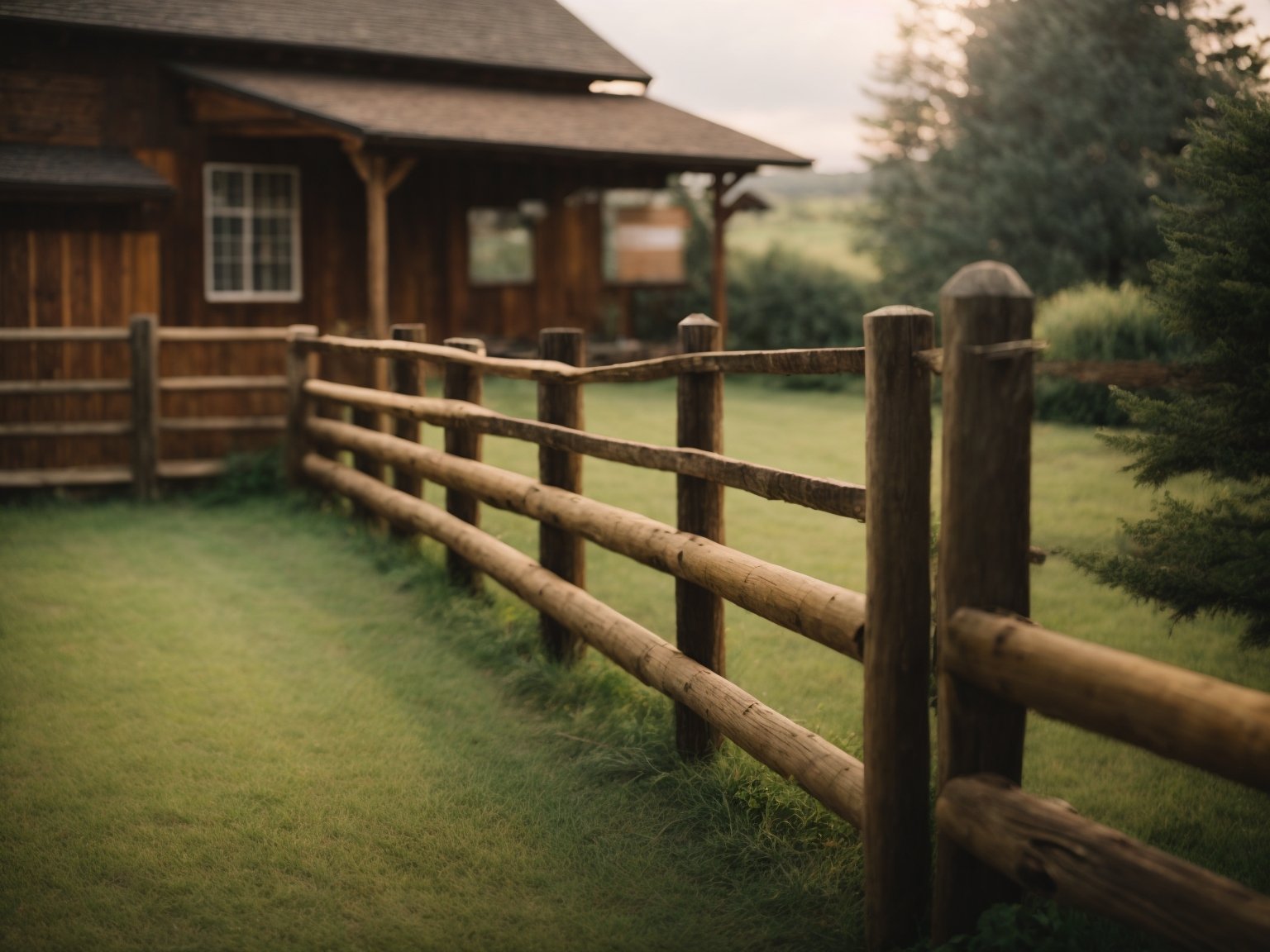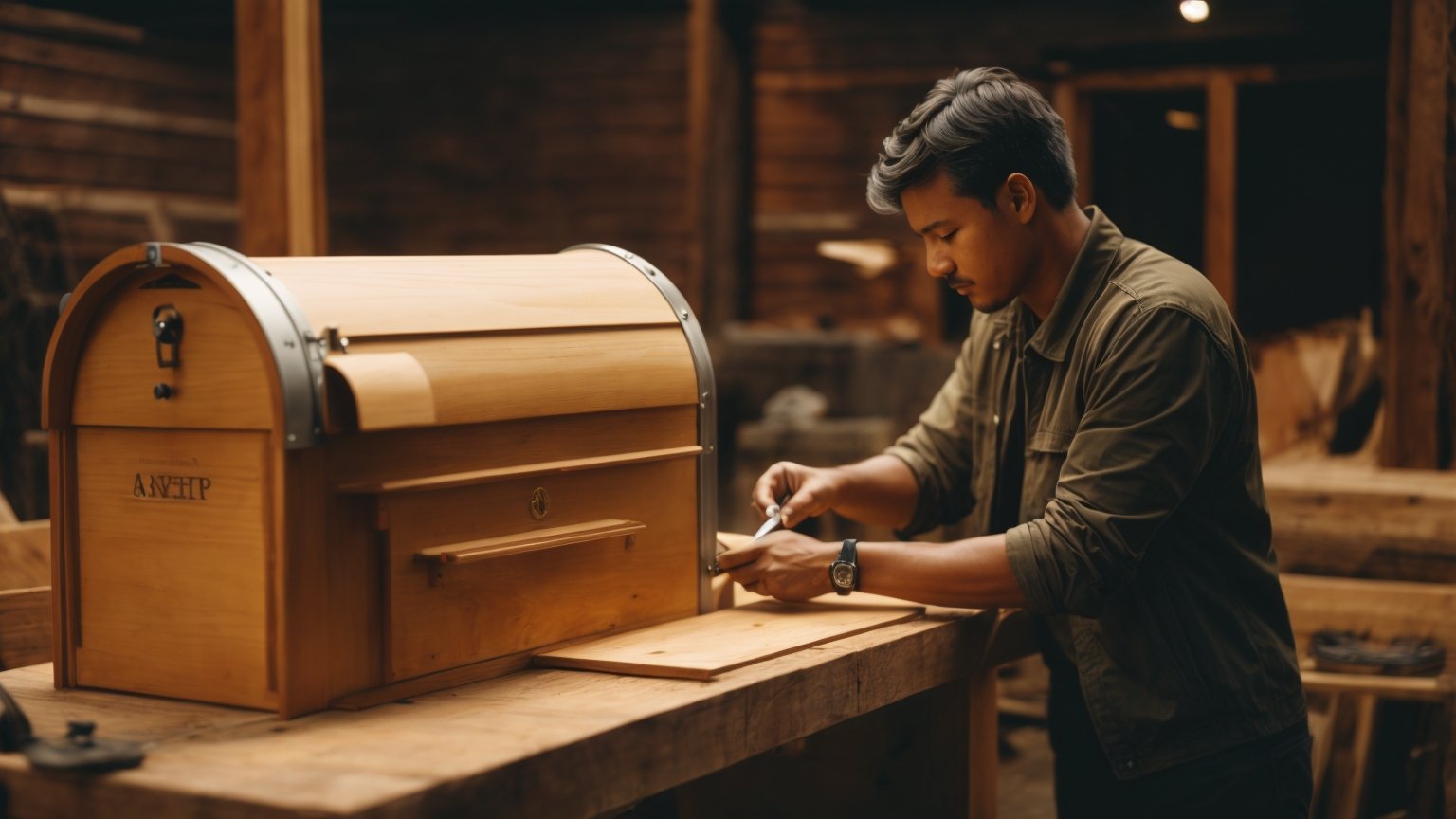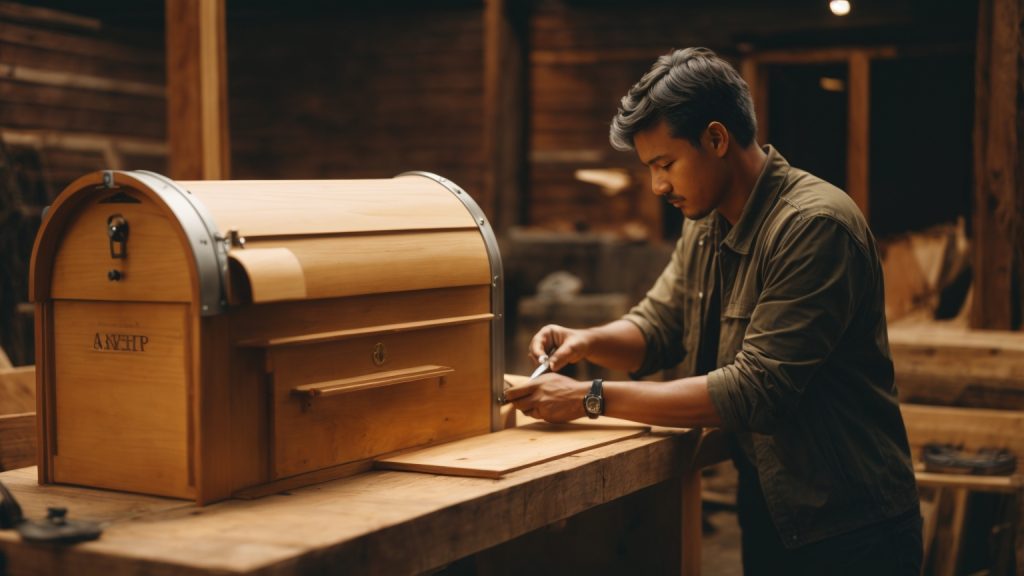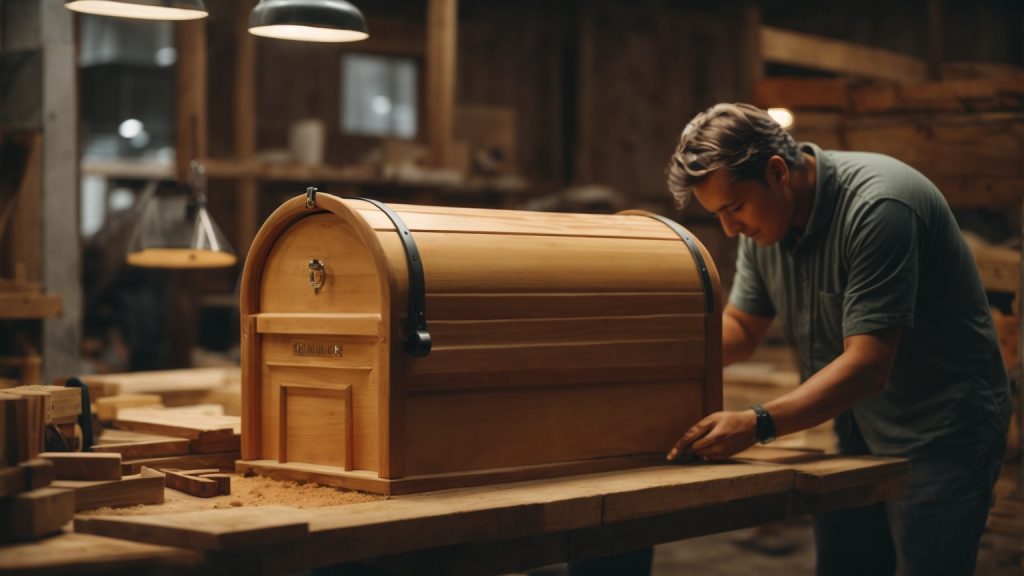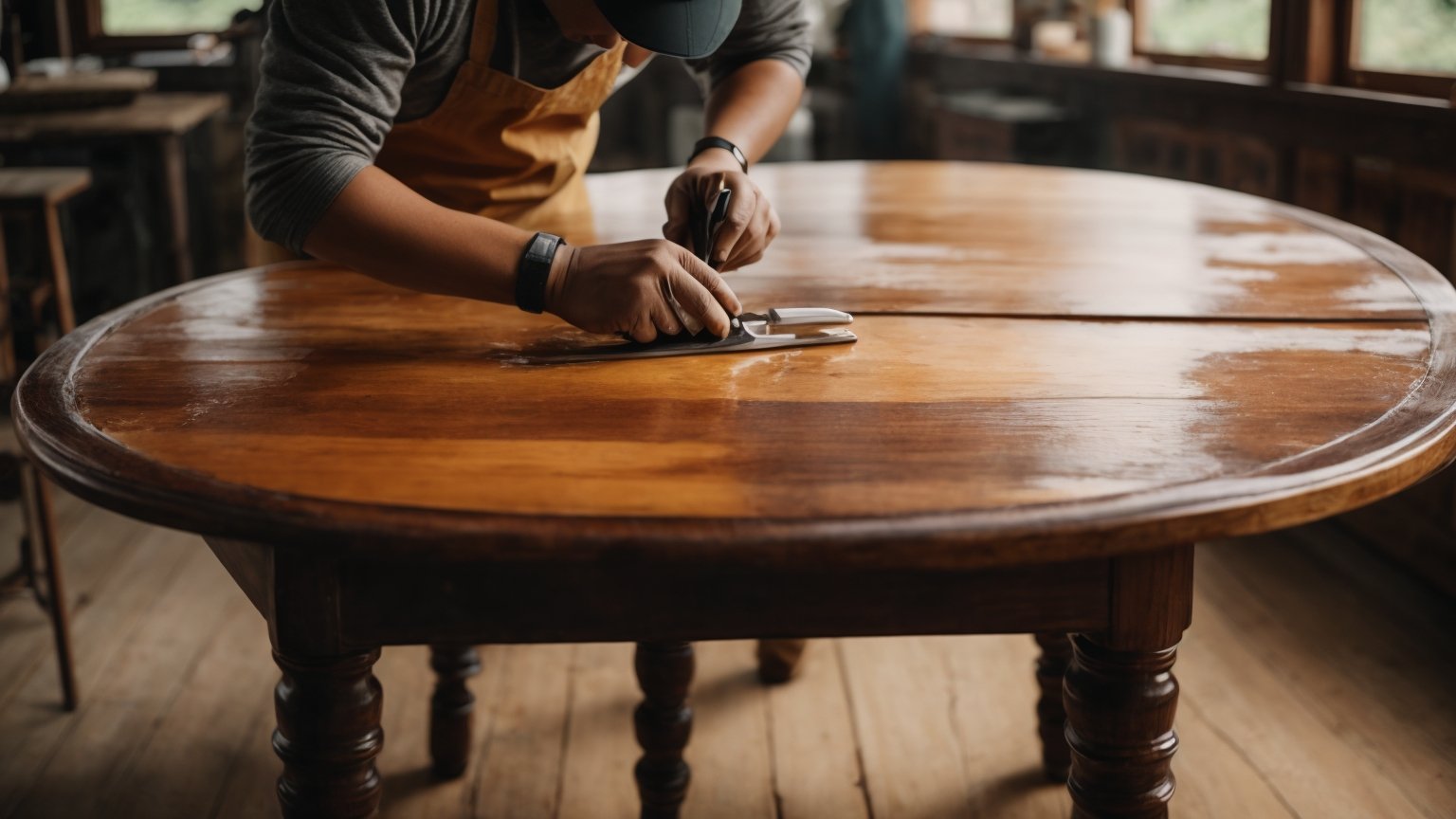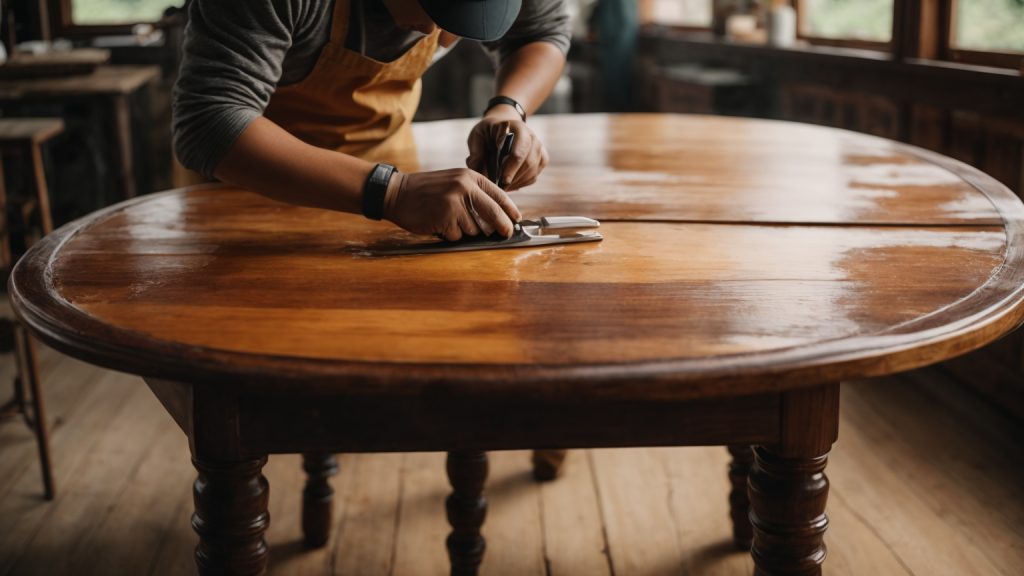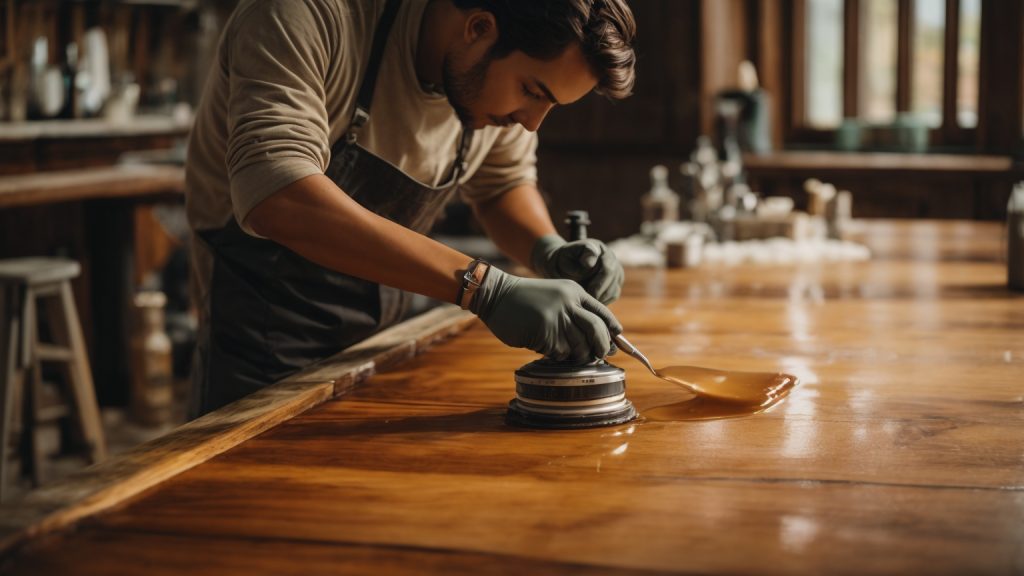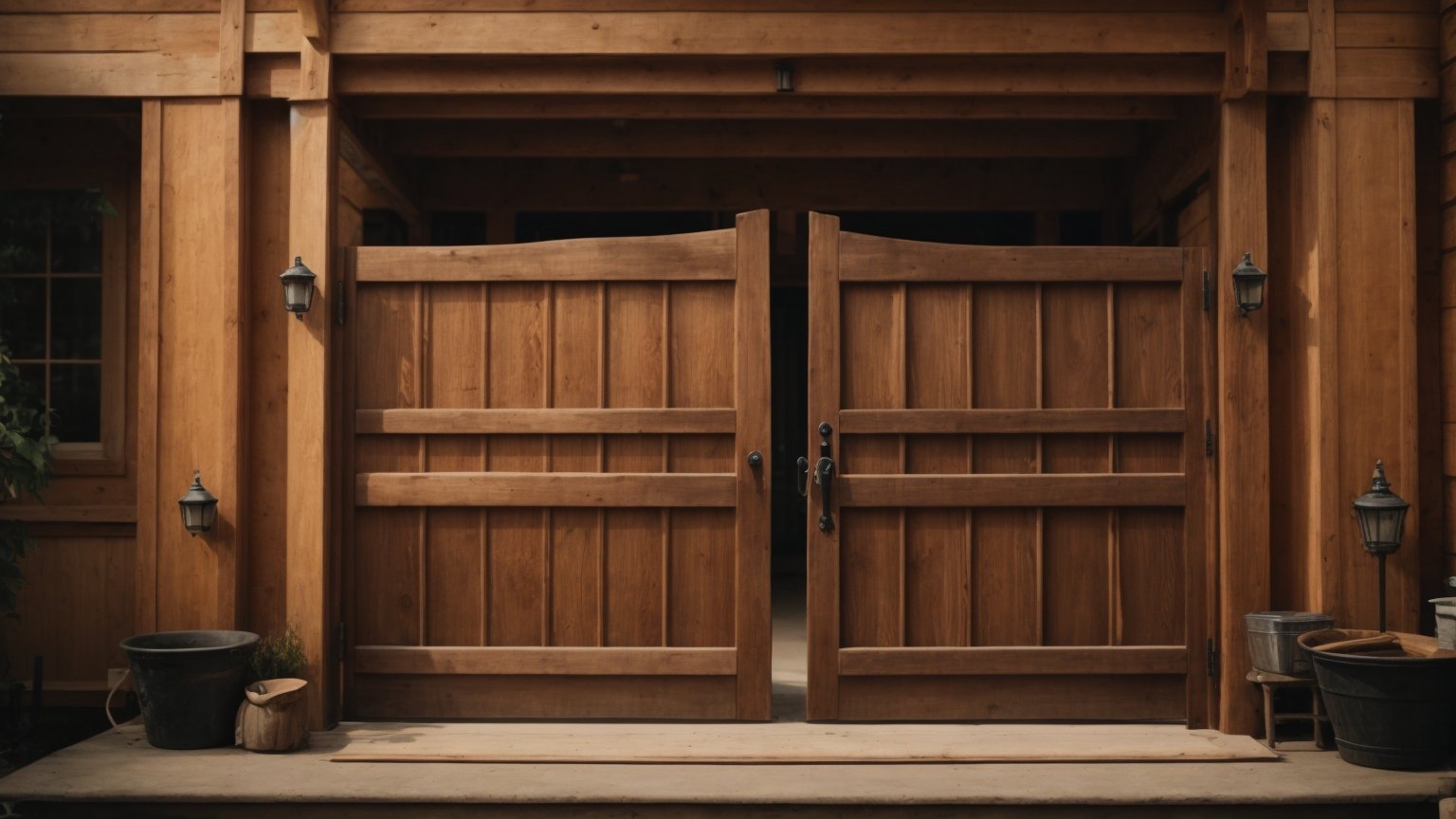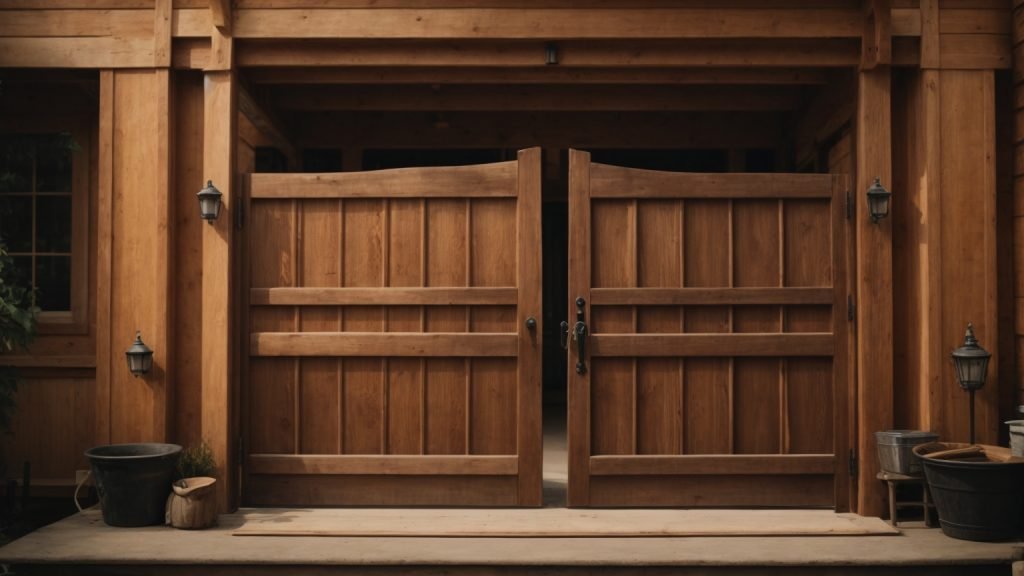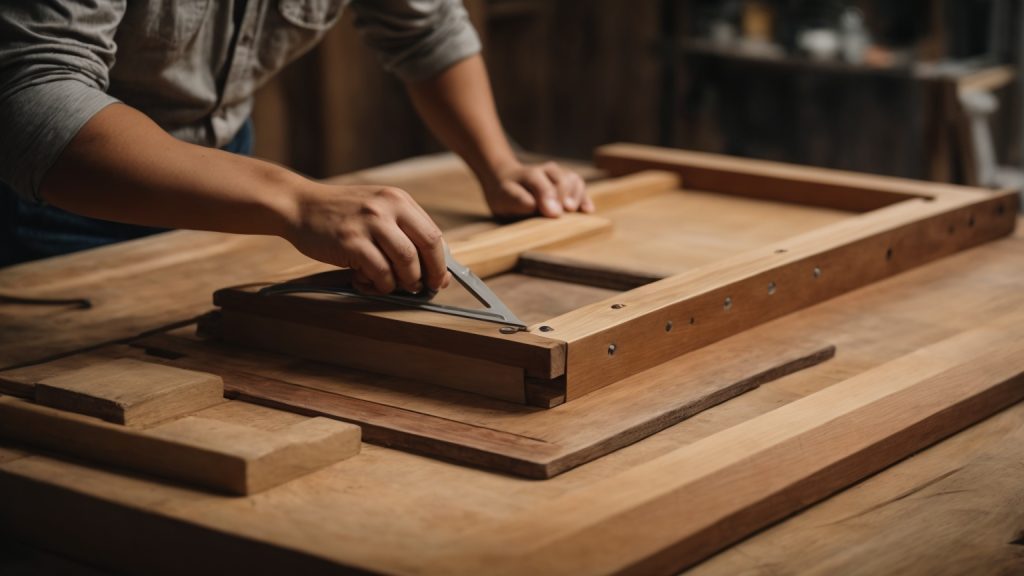If you’re looking to add some privacy to your yard or simply want to create a boundary around your property, building a wooden fence might be just what you need. A wooden fence is not only functional, but it can also add aesthetic appeal to your home. However, building a fence can be a daunting task, especially if you’ve never done it before. In this article, we’ll provide you with a step-by-step guide on how to build a wooden fence.
Before you start building your fence, it’s important to do some preparation work. This includes checking with your local authorities to ensure that you’re allowed to build a fence on your property and that you’re following any regulations or guidelines. You’ll also need to determine the location and dimensions of your fence, as well as the type of wood you want to use. Once you have all of this information, you can start gathering your materials and tools.
Building a wooden fence can be a fun and rewarding DIY project, but it does require some time and effort. In the following sections, we’ll take you through the steps of building a wooden fence, from setting the posts to attaching the pickets. By the end of this article, you’ll have the knowledge and skills you need to build a beautiful and functional wooden fence for your home.
Understanding the Basics
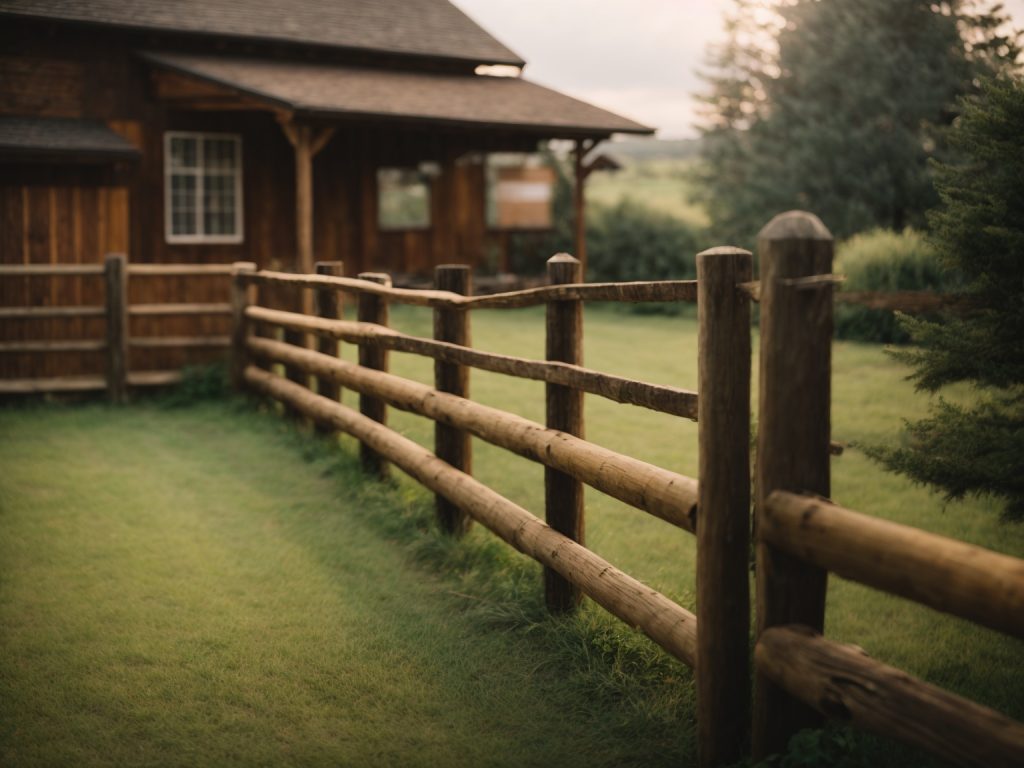
If you’re looking to build a wooden fence, it’s important to understand the basics before you get started. In this section, we’ll cover the types of wood commonly used for fencing and the benefits of choosing a wooden fence.
Types of Wood
When it comes to choosing the right wood for your fence, there are a few options to consider. Some of the most popular types of wood for fencing include:
- Cedar: This wood is naturally resistant to rot and insects, making it a great choice for outdoor use. It’s also lightweight and easy to work with, which can make installation easier.
- Pine: Pine is a more affordable option than cedar, but it’s also less durable. It may require regular maintenance to keep it looking its best.
- Redwood: This is a beautiful, durable wood that is naturally resistant to decay and insects. However, it’s also one of the most expensive options.
Benefits of a Wooden Fence
There are several benefits to choosing a wooden fence for your property. Some of the most notable include:
- Privacy: A wooden fence can provide a barrier between your property and the outside world, giving you more privacy and security.
- Aesthetics: Wooden fences have a classic, timeless look that can complement any home or landscape.
- Customization: Wooden fences can be customized to fit your specific needs and preferences. You can choose the height, style, and color that best suits your property.
Overall, building a wooden fence can be a great way to improve the look and function of your property. By choosing the right wood and understanding the benefits of a wooden fence, you can create a beautiful and functional fence that will last for years to come.
Planning Your Fence
Before you start building your wooden fence, you need to plan it out carefully. This will help you avoid mistakes and ensure that your fence is sturdy and meets local regulations. Here are some important things to consider when planning your fence:
Determining the Layout
The first step in planning your fence is to determine its layout. You need to decide where you want to place your fence and how long it should be. This will help you calculate the amount of materials you need to buy.
To determine the layout, you can use stakes and string to mark the boundaries of your fence. You can also use a measuring tape to measure the length of each side. Make sure to keep the corners at a 90-degree angle to ensure that your fence is square.
Checking Local Regulations
Before you start building your fence, you need to check local regulations to make sure that your fence meets the requirements. This includes checking for any height restrictions, setback requirements, and other regulations that may apply in your area.
You can check with your local zoning department or homeowners’ association to find out what regulations apply in your area. Make sure to obtain any necessary permits before you start building your fence.
Choosing the Right Tools
When building your fence, it’s important to have the right tools. This includes a post hole digger, a level, a saw, and a drill. Make sure to choose high-quality tools that are suitable for the job.
You may also need to rent a power auger if you have a large fence to build. This will help you dig the post holes more quickly and efficiently.
By carefully planning your fence, checking local regulations, and choosing the right tools, you can ensure that your wooden fence is built to last.
Purchasing Materials
When building a wooden fence, purchasing quality materials is essential to ensure that your fence lasts for many years to come. Here are some tips to help you select the right materials for your project.
Selecting Quality Wood
Choosing the right type of wood is crucial to the longevity and appearance of your fence. Some popular options include cedar, redwood, and pressure-treated pine. Cedar and redwood are naturally resistant to decay and insect damage, while pressure-treated pine has been treated with chemicals to resist rot and decay.
When selecting your wood, look for boards that are straight, free of knots, and have minimal warping or twisting. You may also want to consider the grade of the wood, which can affect its appearance and durability. Higher grades of wood will have fewer knots and defects, but may also be more expensive.
Buying Necessary Hardware
In addition to your wood, you will also need to purchase hardware to assemble your fence. This includes posts, rails, pickets, and fasteners such as nails or screws. When selecting your hardware, make sure that it is compatible with the type of wood you have chosen.
You will also need to consider the size and spacing of your hardware. For example, if you are building a fence with 6-foot pickets, you will need to purchase rails that are long enough to accommodate the pickets. You may also want to consider using metal brackets or connectors to reinforce your fence and ensure that it stays sturdy over time.
Overall, taking the time to carefully select your materials and hardware will help ensure that your wooden fence is both beautiful and durable.
Preparing the Ground
Before you start building your wooden fence, it’s important to prepare the ground. This will help ensure that your fence is stable, level, and long-lasting. In this section, we will cover two important sub-sections: “Clearing the Area” and “Measuring and Marking”.
Clearing the Area
The first step in preparing the ground is to clear the area where you will be building your fence. This means removing any plants, rocks, or other debris that may be in the way. You’ll want to clear a path that is at least 3 feet wide so that you have enough space to work.
If there are any large rocks or tree stumps in the way, you may need to remove them using a shovel, pickaxe, or other digging tool. Make sure to wear gloves and eye protection when doing this, as it can be dangerous work.
Once you’ve cleared the area, you’ll want to make sure that the ground is level. Use a level to check for any high or low spots, and use a shovel to fill in any holes or low spots. This will help ensure that your fence is straight and level.
Measuring and Marking
The next step is to measure and mark the area where you will be building your fence. Use a measuring tape to measure the length of your fence line, and mark the corners and end points with stakes or flags.
Next, use a string line to mark the exact location of your fence line. Tie one end of the string to a stake or flag at one corner of your fence line, and stretch the string to the opposite corner. Make sure the string is level and straight, and tie it off at the other end.
Use a tape measure to measure the distance between the string and the ground at each stake or flag. This will help you determine how deep to dig your fence post holes.
By following these steps to prepare the ground, you’ll be well on your way to building a sturdy and long-lasting wooden fence.
Building the Fence
Building a wooden fence can be a challenging task, but with the right tools and a little bit of patience, you can create a beautiful fence that will last for years to come. In this section, we will cover the three main steps to building a wooden fence: setting the posts, attaching the rails, and installing the pickets.
Setting the Posts
The first step in building a wooden fence is to set the posts. This is a critical step because it will determine the stability and durability of your fence. Here are the steps to set the posts:
- Measure and mark the location of each post. Make sure the distance between each post is consistent.
- Dig a hole for each post using a post-hole digger. The depth of the hole should be at least one-third the length of the post.
- Place the post in the hole and fill it with concrete. Use a level to make sure the post is straight and plumb.
- Allow the concrete to dry for at least 24 hours before moving on to the next step.
Attaching the Rails
Once the posts are set, you can attach the rails. The rails are the horizontal pieces of wood that connect the posts and provide support for the pickets. Here are the steps to attach the rails:
- Measure and cut the rails to the correct length. Make sure they are level and evenly spaced.
- Attach the rails to the posts using galvanized screws or nails. Make sure the rails are flush with the top of the posts and evenly spaced.
Installing the Pickets
The final step in building a wooden fence is to install the pickets. The pickets are the vertical pieces of wood that are attached to the rails and provide privacy and security. Here are the steps to install the pickets:
- Measure and cut the pickets to the correct length. Make sure they are evenly spaced and level.
- Attach the pickets to the rails using galvanized screws or nails. Make sure they are flush with the top and bottom rails.
- Fill any gaps between the pickets with wood filler or caulk.
By following these steps, you can build a beautiful and sturdy wooden fence that will enhance the look of your property and provide privacy and security for years to come.
Maintaining Your Wooden Fence
To ensure that your wooden fence lasts as long as possible, you will need to take proper care of it. This includes regular cleaning, applying protective sealant, and repairing any damage that may occur.
Regular Cleaning
Cleaning your wooden fence regularly is important to prevent the buildup of dirt, grime, and other debris that can cause damage over time. Here are some tips for cleaning your fence:
- Use a pressure washer or a garden hose to rinse off any loose dirt or debris.
- Apply a wood or fence cleaner to the fence and work from the bottom to the top, coating the entire fence in the cleaner.
- To get the solution behind tight areas, dip a brush into the solution and apply it between boards or tight corners.
- Rinse the fence thoroughly with clean water.
Applying Protective Sealant
Applying a protective sealant to your wooden fence can help to prevent damage from the sun, moisture, and other elements. Here are some tips for applying sealant:
- Choose a high-quality sealant that is appropriate for your specific type of wood.
- Apply the sealant with a brush or sprayer, making sure to cover all surfaces of the fence.
- Allow the sealant to dry completely before applying a second coat.
- Repeat this process every few years to keep your fence protected.
Repairing Damage
Even with proper care, your wooden fence may become damaged over time. Here are some tips for repairing damage:
- Replace any broken or damaged boards as soon as possible to prevent further damage.
- Use wood filler to fill in any cracks or holes in the wood.
- Sand the repaired areas smooth and apply a protective sealant to prevent further damage.
By following these tips for maintaining your wooden fence, you can help to ensure that it lasts for many years to come.
